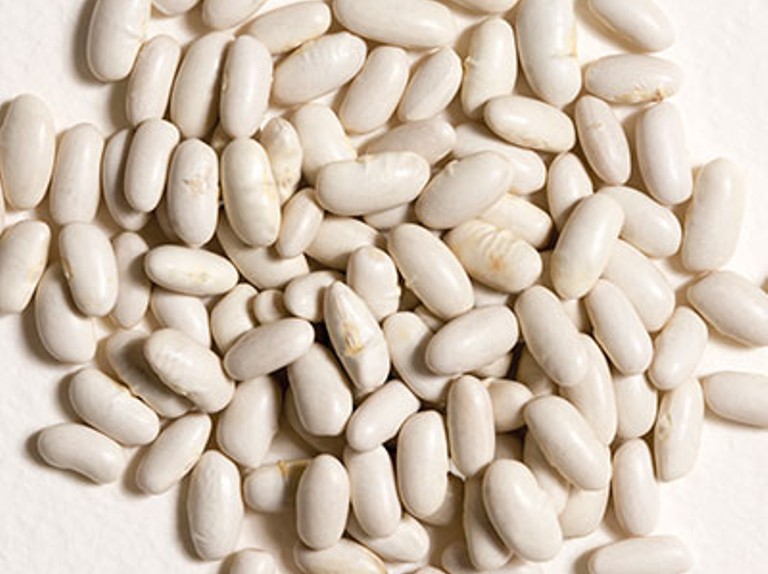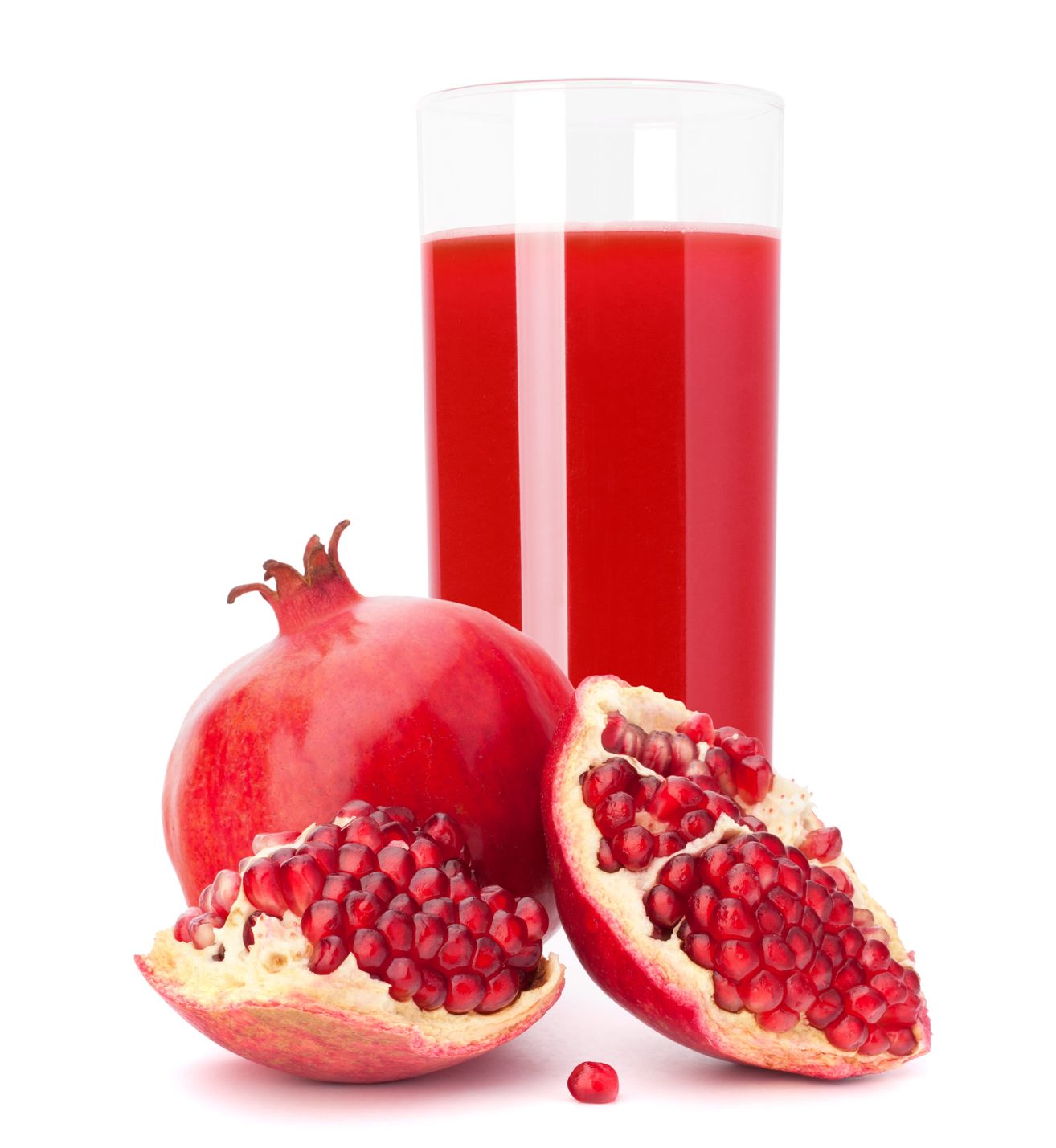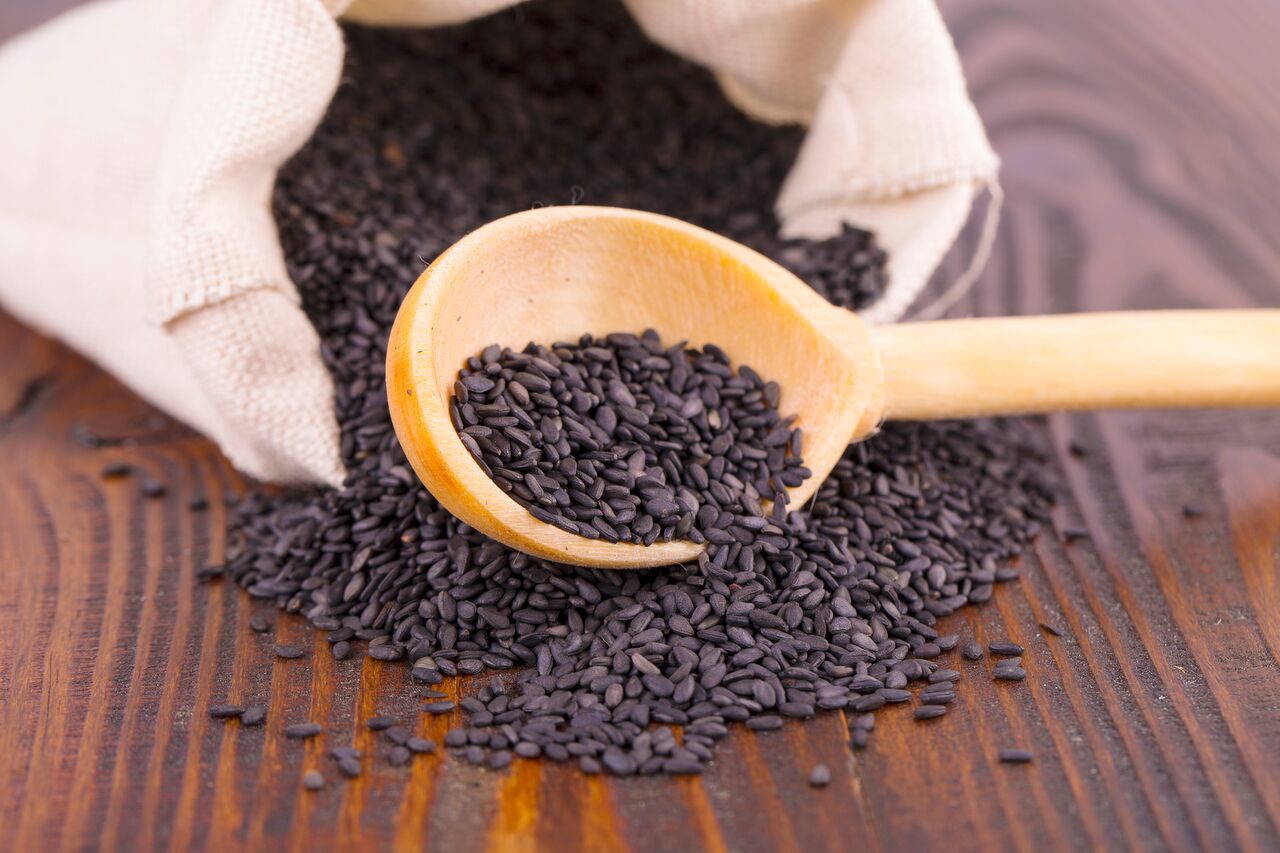It is one of the most popular Italian cheeses. There are many Italian dishes that use this cheese, whether it is grated and powdered or cut into pieces and sheets. A rich source of calcium and vitamins, this cheese has a firm texture.
Parmesan cheese: what is it?
A pale yellow cheese made from cow’s milk, Parmigiano or Parmesan is known as Parmesan cheese. In Italian, “Parmigano” is an adjective for Parma, which is called Parmesan in French. Cheese with a hard texture is directly related to its processing time. It takes at least 8 months and at most 3 years to process this cheese. Older parmesan cheese is more expensive and has a grainy and crystalline texture. The protein content of parmesan is higher than that of red meat while also being easier to digest. This cheese’s good taste makes it a popular ingredient for pasta, pesto sauce, salads, and soups.
Pizza cheese vs. Parmesan cheese
Different cheeses ripen at different times. Due to its short processing time, pizza cheese has a soft texture and is easier to cook. By melting on the surface of pizza, pizza cheese displays its elastic and sticky properties. You can change the taste of food with a small amount of parmesan cheese because it has a very strong taste. Salads, soups, and pastas use grated parmesan cheese.
The use of Parmesan cheese in all kinds of food
Serve slices of this cheese with sweet fruits such as grapes, figs, apricots, nutty breads, and walnuts on a cheese board. Many types of salads, including Caesar salad, spaghetti and pasta, and soups, use grated parmesan cheese. Alfredo sauce, Caesar salad sauce, and pesto sauce also use parmesan cheese powder.

Parmesan cheese’s nutritional value
| Nutritional element | Number |
| Water | 30 ml |
| calories | 392 calories |
| proteins | 35.8 grams |
| Fats | 25 grams |
| carbohydrates | 3.22 grams |
| sugars | 0.11 grams |
| Calcium | 1180 mg |
| iron | 0.82 mg |
| magnesium | 44 mg |
| potassium | 92 mg |
| sodium | 1180 mg |
| phosphorus | 694 mg |
| Zinc | 2.75 mg |
| copper | 0.032 mg |
| Selenium | 22.5 micrograms |
| Manganese | 0.02 mg |
| Vitamin B1 | 0.039 mg |
| Vitamin B2 | 0.332 mg |
| Vitamin B3 | 0.271 mg |
| Vitamin B5 | 0.453 mg |
| Vitamin B6 | 0.091 mg |
| folate | 7 micrograms |
| Colleen | 15.4 mg |
| Vitamin B12 | 1.2 micrograms |
| Vitamin A | 781 IU |
| Vitamin E | 0.22 mg |
| Vitamin K | 1.7 micrograms |
| Vitamin D | 19 IU |
The table below shows the nutritional value of 100 grams of grated parmesan cheese :
| Food content | Number |
| Water | 22.6 ml |
| calories | 420 calories |
| proteins | 28.4 grams |
| Fats | 27.8 grams |
| carbohydrates | 13.9 grams |
| sugars | 0.07 grams |
| Calcium | 853 mg |
| iron | 0.49 mg |
| magnesium | 34 mg |
| potassium | 180 mg |
| sodium | 1800 mg |
| phosphorus | 627 mg |
| Zinc | 4.2 mg |
| copper | 0.04 mg |
| Selenium | 34.4 mg |
| Manganese | 0.071 mg |
| Vitamin B1 | 0.026 mg |
| Vitamin B2 | 0.358 mg |
| Vitamin B3 | 0.08 mg |
| Vitamin B5 | 0.45 mg |
| Vitamin B6 | 0.081 mg |
| folate | 6 micrograms |
| Colleen | 14.1 mg |
| Vitamin B12 | 1.4 micrograms |
| Vitamin A | 974 IU |
| Vitamin E | 0.53 mg |
| Vitamin K | 1.7 micrograms |
| Vitamin D | 21 IU |
Parmesan cheese has a variety of health benefits
Lactose-intolerant people can use this product
People with lactose intolerance can consume moderate amounts of Parmesan cheese, since it contains very little lactose sugar.
Bone health maintenance
The body and bones benefit greatly from Parmesan cheese’s many essential elements. Phosphorus, calcium, and protein make it an important food for bone health and preventing fragility. For those who do not eat meat, it is a good alternative.
Sodium and fat levels are low
The sodium and fat content of Parmesan cheese is lower than that of other cheeses.
A gluten-free product
Since parmesan cheese is a natural cheese with a low likelihood of containing gluten, it can be classified as gluten-free.
Many vitamins and minerals are found in it
Potassium, magnesium, and vitamin A are all found in parmesan cheese.
Parmesan cheese disadvantages
Some health problems may be caused by parmesan cheese, including:
An allergic reaction to casein
In milk allergies, the affected person is sensitive to the casein protein found in milk, and symptoms usually appear within a few minutes to a few hours after eating these products, and symptoms include chills, wheezing, itching, and tingling. Symptoms include swelling of the mouth, shortness of breath, and vomiting.
Consuming too much Parmesan cheese can lead to obesity, and obesity is linked to a number of health problems, including heart attacks.
What is the best way to use Parmesan cheese?
It can be used in a variety of ways because it melts easily:
You can sprinkle it on pasta and sweets of all kinds.
Then add it to the eggs.
Along with fruits and nuts, place it on the decoration dish.
Parmesan cheese should be stored as follows:
It melts well and does not separate from the raw ingredients of the food. Since this cheese has a sensitive texture, you need to store it in a special way to prevent it from spoiling. Never put it in a freezer bag, for example.
Food-safe waxed paper
A wax paper is actually parchment paper coated with edible silicone. The cheese will retain its moisture when wrapped between the paper. Due to this, it does not dry quickly and spoils. It might occur to you that parchment paper would be a better alternative to wax paper. However, it is better not to do so.
Parmesan cheese is packaged in plastic by the Italian consortium that produces it. Nevertheless, some cheese experts believe that plastic causes the cheese to sweat too much, so they recommend using waxed paper instead.
aluminium foil
Wrap a thick layer of aluminum foil around the cheese after placing it on waxed parchment paper. As a result, the cheese is completely protected while also allowing it to breathe.
Refrigerate the cheese
To avoid cheese smelling, place it at the bottom of the refrigerator and away from other foods. Parmesan cheese should be stored between 39 and 46 degrees Fahrenheit (4 and 8 degrees Celsius). Parmesan should never be frozen unless it has already been grated or powdered. After each use, wrap the cheese tightly!
When buying Parmesan, keep these points in mind:
The appearance and color of Parmesan cheese are important factors to consider when buying it. It is important to pay attention to this point, the darker the color of the cheese in the outer layers, the better. Choosing cheeses that are pale and whitish is not a good idea. Cracks in the cheese’s texture indicate that it is not in a favorable position.
Shape and smell are two of the most important factors to consider when buying. To some extent, we discussed the shape. There must be no cracks in the cheese, and it must not smell or taste sour.
Parmesan cheese packages must be completely sealed. There should be no holes or air penetrations in it. When air enters the package, the cheese oxidizes and loses its flavor.
An overview
Among the cheeses with high nutritional value and many health benefits, parmesan cheese is prepared from cow’s milk for drying and aging. For this reason, it is part of the preparation of various foods with the importance of limiting overeating. You should make sure you are not allergic to this type of cheese, as it may cause some health damage.










